Now that the 2010 edition of the NZ Festival of the Arts is over and the long Autumn has begun, it's time to comment briefly on the highs and lows of the shows I saw, and what they meant to me.
I was very selective in my first ticket booking, hoping to be able to add more performances as the festival was under way. As it turned out I barely had the time to see what I'd originally chosen: with a such a rich programme, it's regretful one has to miss out on so much, but hopefully I will be able to catch up with the New Zealand productions that have received overwhelming acclaim.
If I had to pick one favourite, it would be the extraordinary theatre/film combo represented by the Polish play T.E.O.R.E.M.A.T inspired by Pier Paolo Pasolini's film Teorema (1968).
I'd never seen the film before, but luckily the Festival screened it (the DVD rather than the actuals film, sadly), and I realised that I'd been missing one of the most intriguing avant-garde Italian movies of that watershed year. I have since bought most of Pasolini's flms available on DVD and am planning a slow, careful viewing.
The play mirrors the main plot of the film: a stranger comes to a middle-class Milanese family home, announcing his arrival by telegram ("Arrivo domani"), and soon proceeds to seduce - morally and sexually - all family members: the artist son; the daughter who's in love with her father and the idea of family; the repressed, beautiful mother/wife (the most perfectly cast Silvana Mangano, in the film); and the small industrialist patriarch. He also seduces the devoted maid. After having shaken the family to the core and awakened them to their desires and dormant inner lives, the stranger (Terence Stamp in Pasolini's film) leaves them, a loss that throws them all off-balance with devastating consequences.
Issues of faith (is the stranger God and does his disappearance reprent the absence of faith in contemporary culture?), sexuality, politics (the father/husband ends up giving away his factory to the workers), the role of art, family and incestuous desire, are all alternatively tackled in a truly enigmatic and poetic way, both in the film and the play.
Grzegorz Jarzyna, the young and brave director of the play, chooses to follow the film quite faithfully, yet produces something that is also original, expanding scenes that occupy a very brief space in Pasolini's masterpiece (such as the bourgeoise routine of the family's everyday life before the stranger arrives), shifting key moments from on character to another (as when the son's soccer game becomes a breathtaking love scene between the stranger and the father on stage), and giving a darker, more sinister readings of other parts of the film (by replacing for example the scene of the mother's possible reapproachment with God with one of rape during one of her several sexual encounters).
Both film and play are complex, stylized work of arts, of extreme beauty and depth, that challenge the viewers at all levels, from ideology to our viewing habits as consumers of popular culture. Exceptional work.
Another favourite of mine was The Sound of Silence, a Latvian play of over 3 hours where the life of a group of young students living the dream of free love, communal life, peace and music in the late 1960s is played against the soundtrack of Simon and Garfunkel's songs and no dialogue.
As in T.E.O.R.E.M.A.T, that decade of transition from traditional to modern values is evoked, although perhaps with more nostalgia here, stylised and questioned through perfectly coreographed stage reconstructions where costumes, lights, movement and music speak louder than a thousand words (in T.E.O.R.E.M.A.T's case, however, when those rare words - Pasolini's - are spoken, they are as poignant as the silence).
In The Sound of Silence the humour of the many actions that take place along the long stage that represents the many different rooms of the building where the characters live, adds to the gentleness of the evocation, one that speaks of the bittersweet memory of youth and unrealised dreams.
Sutra was very popular with the local audiences and overall an enjoyable encounter between Sidi Larbi Cherkaoui's coreography and dancing (originaly created for Sadler's Wells), and the tradition and skills of the Shaolin monks. Structured around a variety of episodes, some of which with clear references to Buddhist culture and mythology, the narrative never fell prey to the danger of becoming just an excuse for anthropological Western voyeurism.
The strongest elements, and the ones that held everything together in a coherent structure, were in my view Antony Gormely's simple set design based on wooden boxes that became in turns beds, boats, skyscrapers, coffins, lotus flowers, prisons and refuges: in other words, the beauty and the burden of our mortal coil; and Szymon Brzoska's music, played by himself and his fellow musicians from behind a thin veil that served as the scene's backdrop.
I attended also 13 Most Beautiful, Dean and Britta's songs and music written for 13 of Andy Warhol's screen tests filmed in the mid-1960s. I went curious about seeing some of these legendary screen tests played on the bog screen and I came back convinced of Warhol's genius, which is now so fashionable to dismiss.
Those films were astonishing, moving, intelligent, perfectly framed and lit: each capturing the essence of its subject in 2-minute of silent black-and-white. Now I jsut hope to be able to see more. (Dean and Britta's music and narrative were very fitting, too).
As far as classical music is concerned, I only managed to catch the Freiburg Baroque Orchestra, that didn't disappont. They played Mozart's Jupiter with gusto, if not grandeur, and an impeccable Violin Concert no. 5; but I loved they Haydn (Oxford Symphony) most of all, because it brought to life the delicacy, wit and balance of this composer who's not played nearly enough.
I only saw one of the writers' talks, the one given by Richard Dawkins who filled the Michael Fowler's centre and made science sound so damn sexy and us atheists feel we're not alone: a class act if ever there was one.
As for the rest, it was mainly art, all of it worth seeing. Judy Millar and Francis Upritchard exhibited their 2009 Venice Biennale's works at Te Papa (you can see The 4 Plinths Sculpture Project just outside); this worked quite well for Upritchard's small scale sculptures, but it felt as if Millar's huge installations were squashed by the enclosed, limited space.
At the Art Gallery (it's facade still decorated with Yaoi Kusama's multi-coloured dots) Seraphine Pick's ouvre was extensively investigated, as was Milan Mrkusisch's take on abstract art.
But what I liked most was Janet Cardiff's The Forty-Part motet, an installation of 40 separate loudspeakers, each playing the recording of one of the 40distinct voices of the Salisbury Cathedral's choir singing Thomas Tallis's Spem in Alium Nunquam Habui. Moving between the different speaker one could hear the separation of the individual voices (including the coughing and pre-singing exercises and chatter), then their coming together at the centre of the circle formed by the loudspeakers: it was difficult not to perceive each of them as humans by the end of the performance and I had to resist the temptation of giving them a standing ovation!
Another installation that found its perfect place was Daniel Brown's Vessels, a seriels of shallow glass bowls filled with water sitting on shelves and occupying the height of the central wall in the Maritme Museum: a most delightful place in itself, which I was happy to discover via Brown's art (and Mark K. Johnson's music) inspired by Dante's Purgatory.
But of all the art offered in association with the Festival, the greatest discovery were for me Anthony McCall's sculptures of lights, hosted literally on my doorstep at the Adam Art Gallery. Moving between his ever-shifting cones of light in an almost desert, darkly illuminated space was such and unusual, stimulating experience that I had to go twice on the same day, and I might go again before it closes.
If you look back at the entries of this journal, you will find that another highlight for me was an event that I followed with great passion and amusement, phtographing almost each day of its evolution: The Revolt of the Mannequins presented by the Teatre De Luxe from France.
The only disappointment came from an Irish play I had great hopes for, as it's written by Enda Walsh (of Steve McQueen's Hunger fame) and came with critical accolades: The Walworth Farce. Unfortunately, it didn't manage to grab my attention at all and I had to leave at the interval, something that I don't think I have ever done before, either at films or at the theatre. I'd say it was perhaps due to my inability to follow the thick and fast Irish accent, but my partner - who's a native English speaker - was so relieved when I suggested we should leave, that I'm inclined to think it was due to more than a linguistic barrier.
Overall, however, it was an excellent festival, one that brought the world to Wellington and that made Wellington look wonderful to the eyes of the world: just walking in the streets and along the waterfront during those beautiful end-of-summer days - the city brimming with artists, life and cultural curiosity - was a real treat. My only regret is not having time to see more offerings; next time I'll try harder.
Saturday, March 20, 2010
Sunday, March 14, 2010
NZ International Arts Festival 2010 - Revolt of the Mannequins (Final Day)
Well, this was fun.
We've finally reached the conclusion of the Revolt of the Mannequins, by Royal de Luxe, part of the 2010 NZ international Festival of the Arts, and it went out with a bang.
Most mannequins have escaped their glass prisons and we'll probably meet them again in the streets of Wellington, passing for regular people. I loved that there were no wrapped-up endings and that we're left with a sense that their stories have only just started.
If you want to see it from the beginning,see Day 1, Day 2, Day 3, Days 4 and 5, Day 7 and Day 8 (unfortunately, I missed Day 6).
Closing-Down Sale
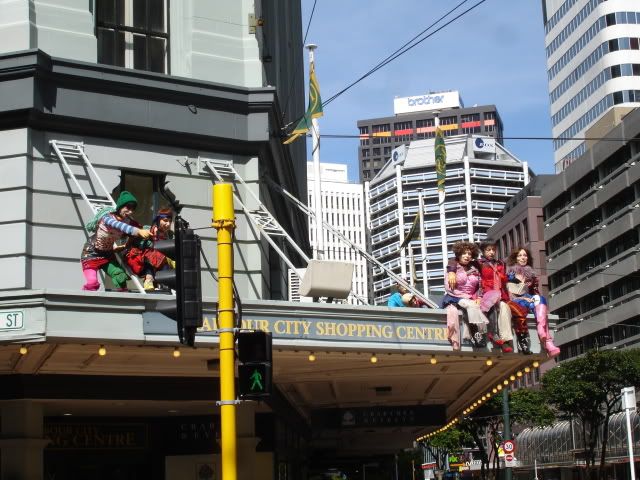

Evil Tale For Other People's Children
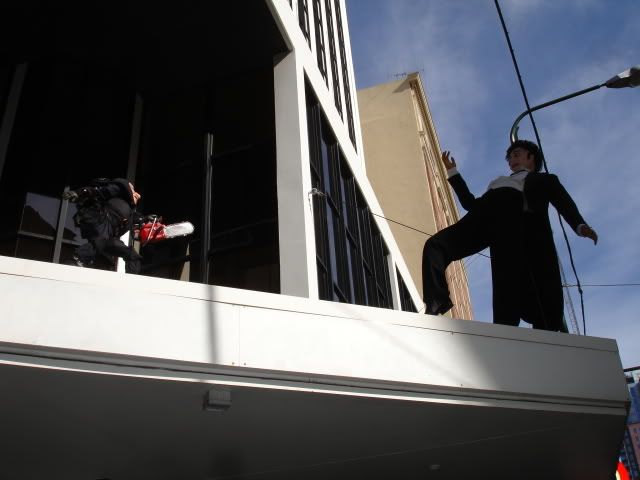
The Comic Fire Brigade
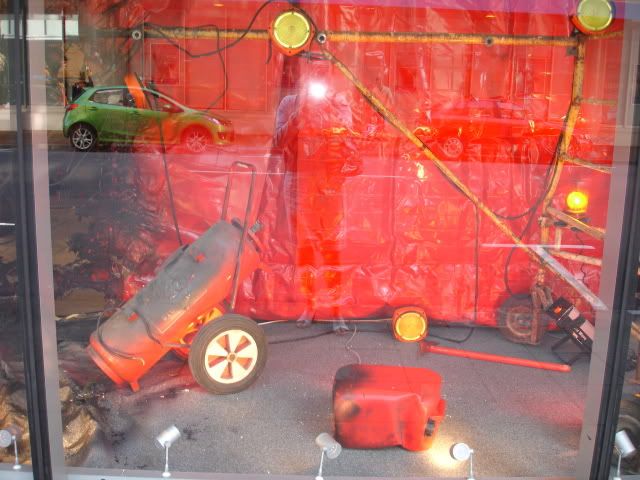
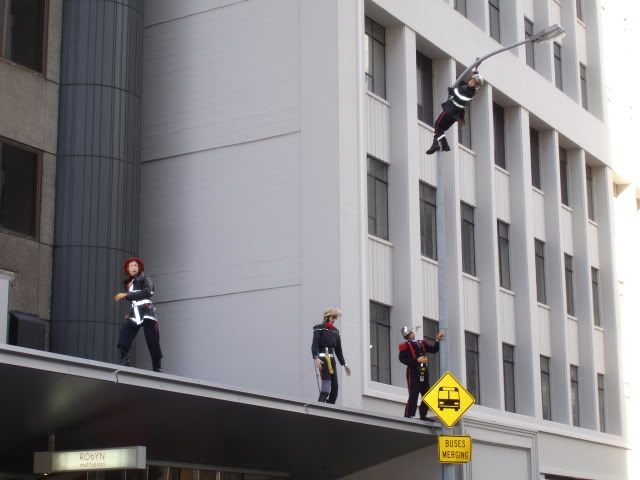
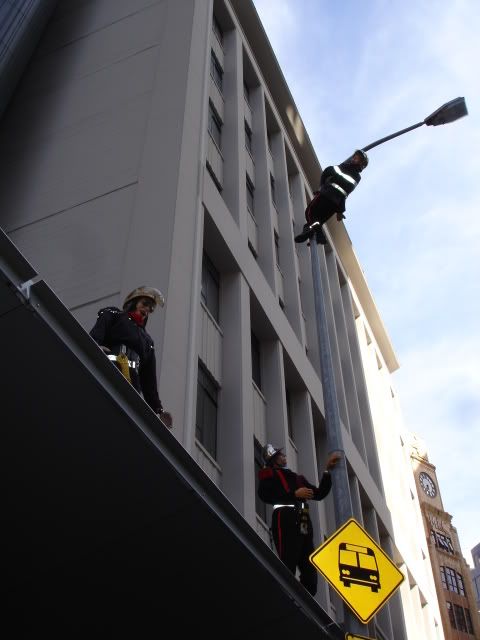
Mystery Story
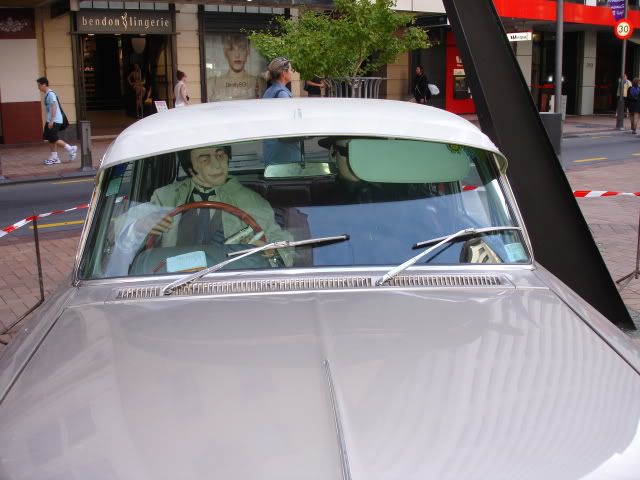
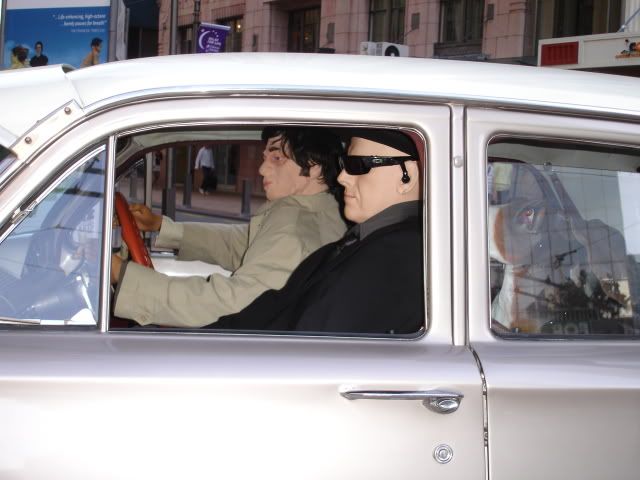
The Angelus, by Millet
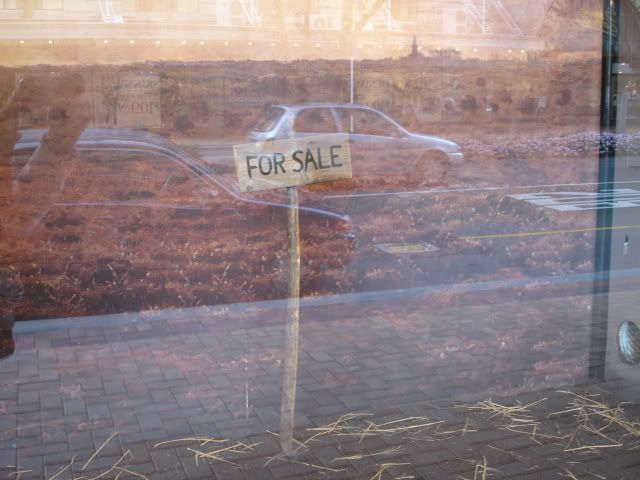
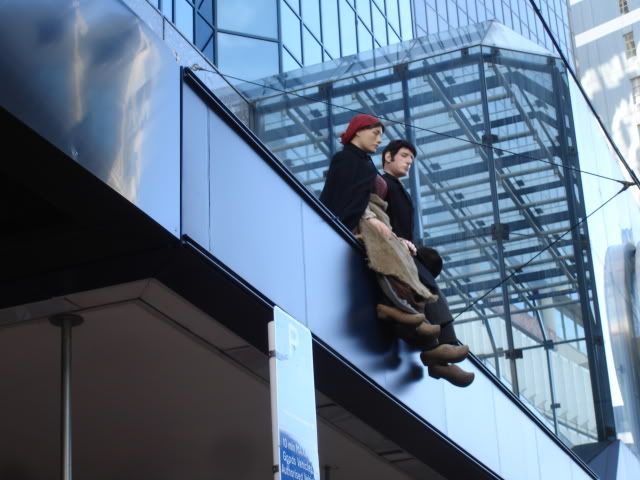
Eat Your Soup If You Want To Grow Up And Be Strong
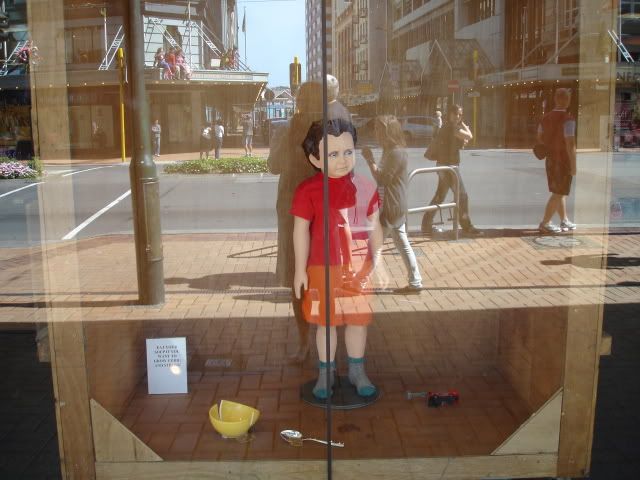
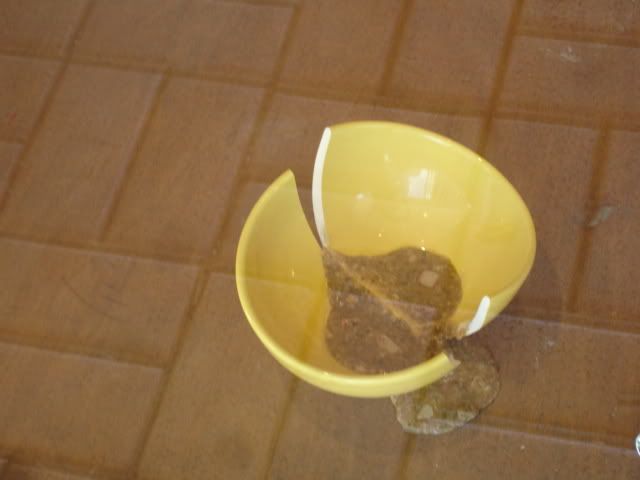
Nightmare of the Puddle

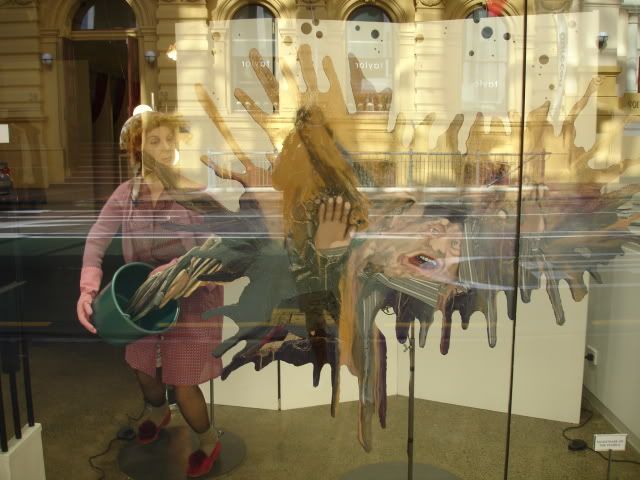

The Hunter
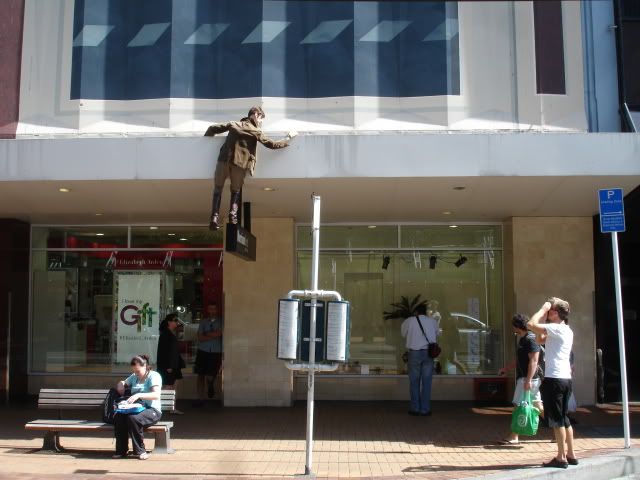
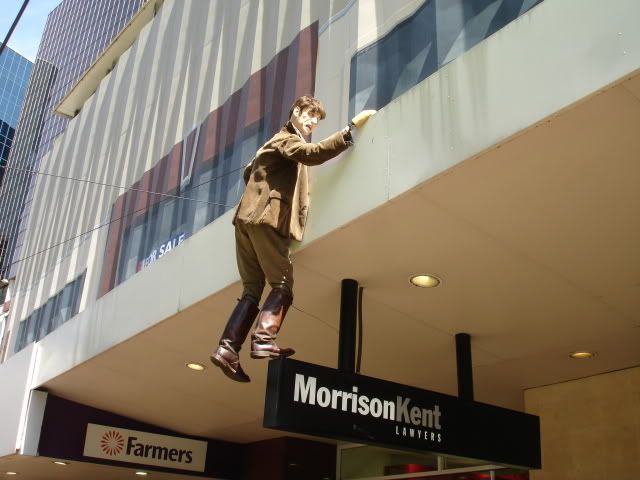
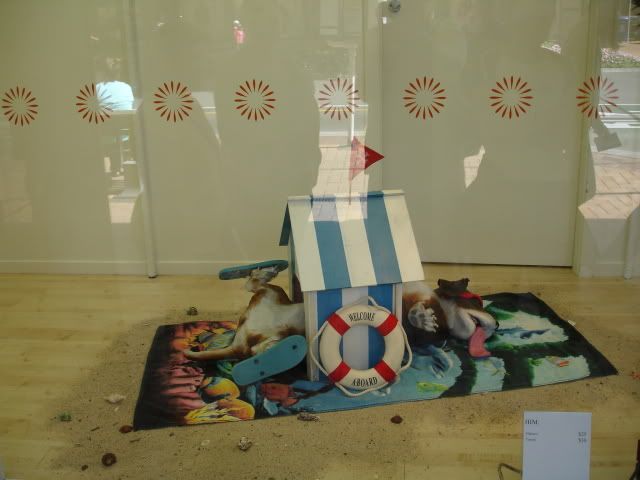

Positive Test
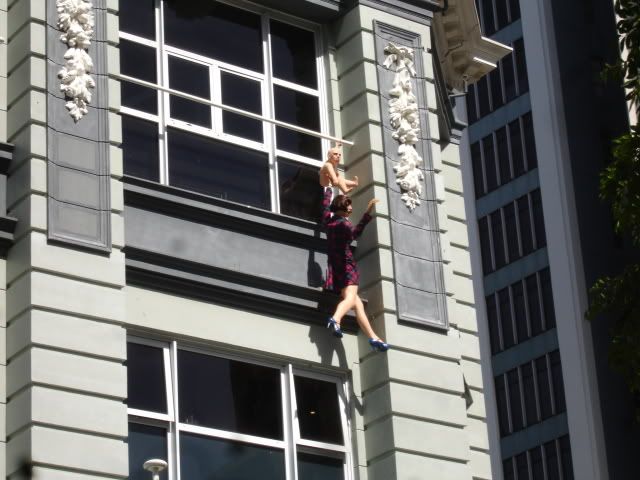
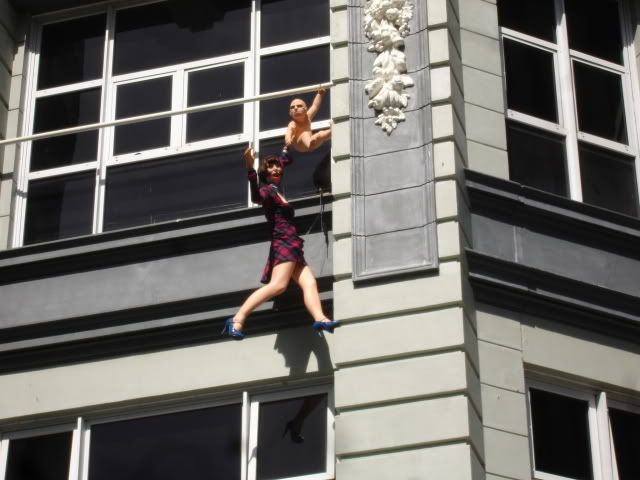
The Kitchen

The Lovers
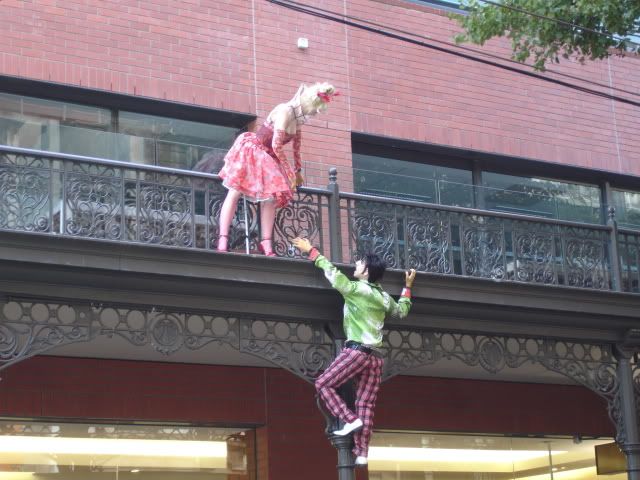
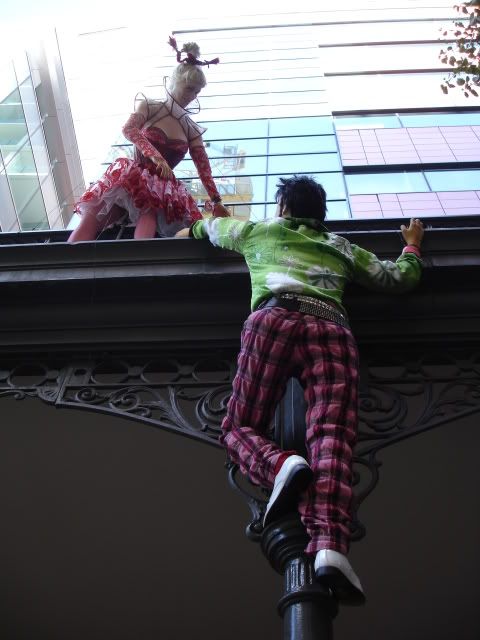
We've finally reached the conclusion of the Revolt of the Mannequins, by Royal de Luxe, part of the 2010 NZ international Festival of the Arts, and it went out with a bang.
Most mannequins have escaped their glass prisons and we'll probably meet them again in the streets of Wellington, passing for regular people. I loved that there were no wrapped-up endings and that we're left with a sense that their stories have only just started.
If you want to see it from the beginning,see Day 1, Day 2, Day 3, Days 4 and 5, Day 7 and Day 8 (unfortunately, I missed Day 6).
Closing-Down Sale


Evil Tale For Other People's Children

The Comic Fire Brigade



Mystery Story


The Angelus, by Millet


Eat Your Soup If You Want To Grow Up And Be Strong


Nightmare of the Puddle



The Hunter




Positive Test


The Kitchen

The Lovers


Saturday, March 13, 2010
NZ International Arts Festival 2010 - Revolt of the Mannequins (Day 8)
Days 8 of the Revolt of the Mannequins, by Royal de Luxe, part of the 2010 NZ international Festival of the Arts.
For the story so far, see Day 1, Day 2, Day 3, Days 4 and 5 and Day 7 (unfortunately, I missed Day 6).
Only one more to go and things are getting very interesting with the mannequins refusing to be restrained by their shop windows!
Closing-Down Sale
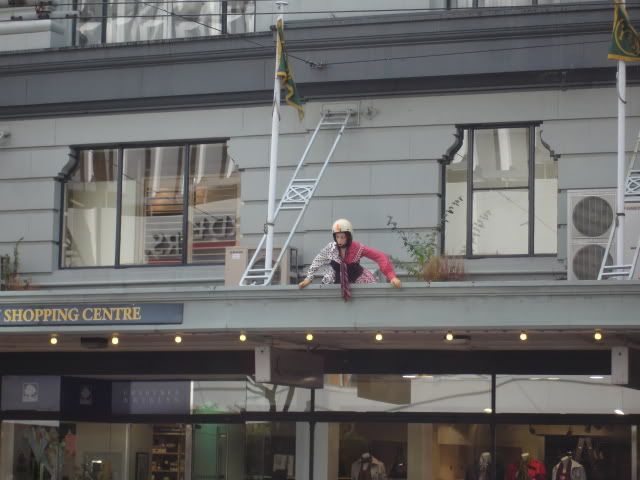
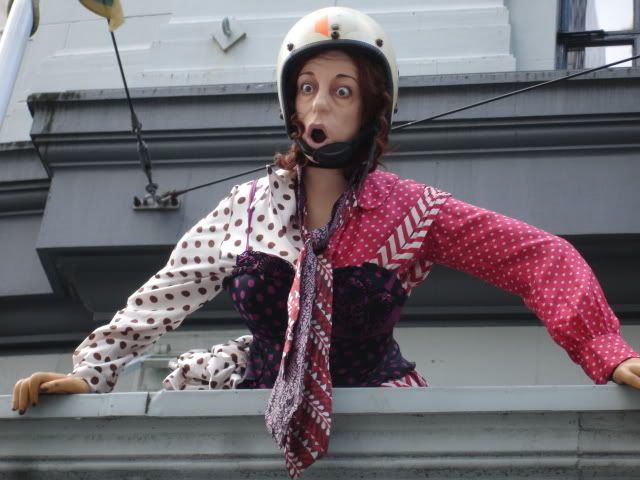
Evil Tale For Other People's Children
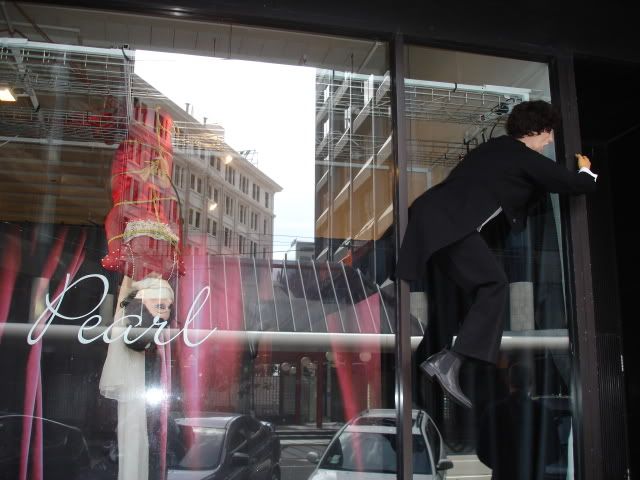
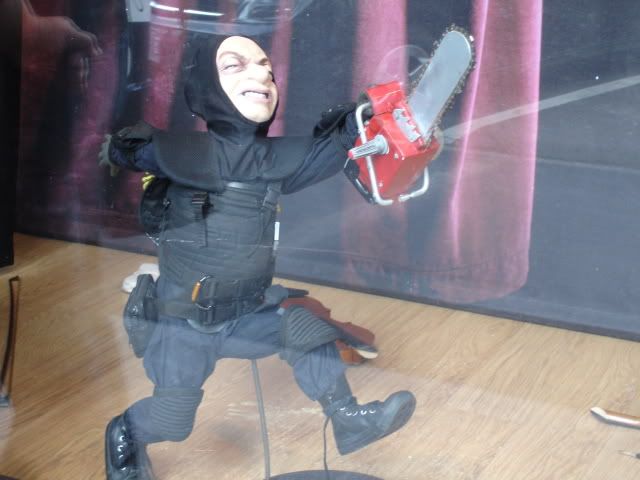
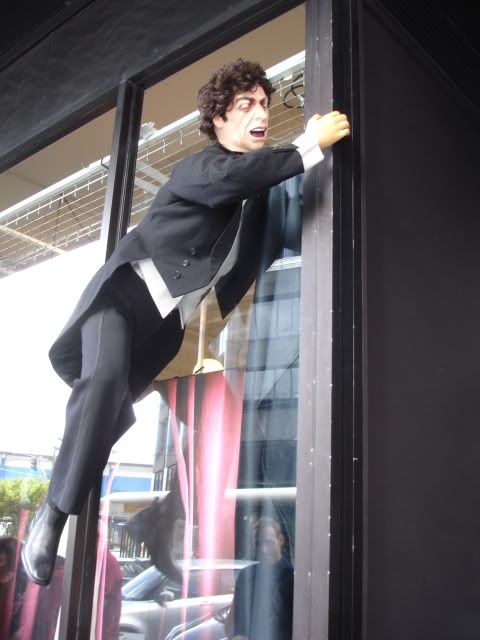
The Comic Fire Brigade
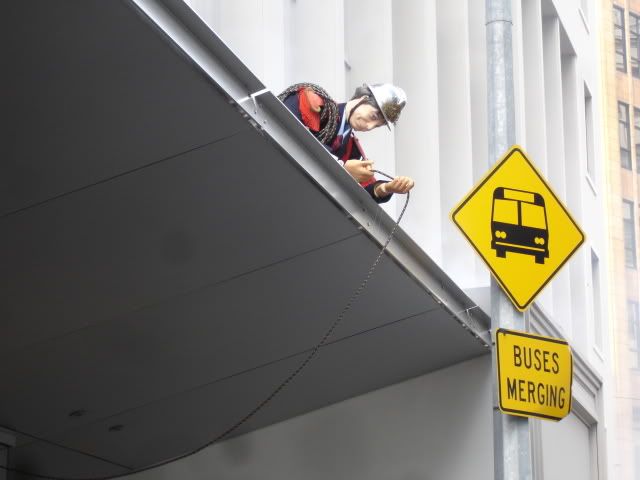
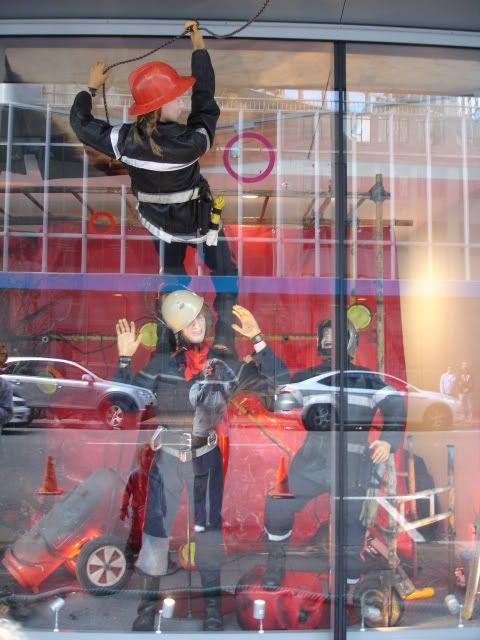
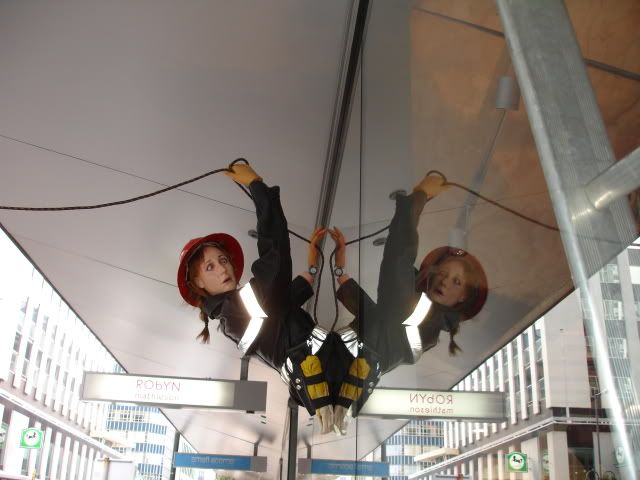
The Angelus, By Millet
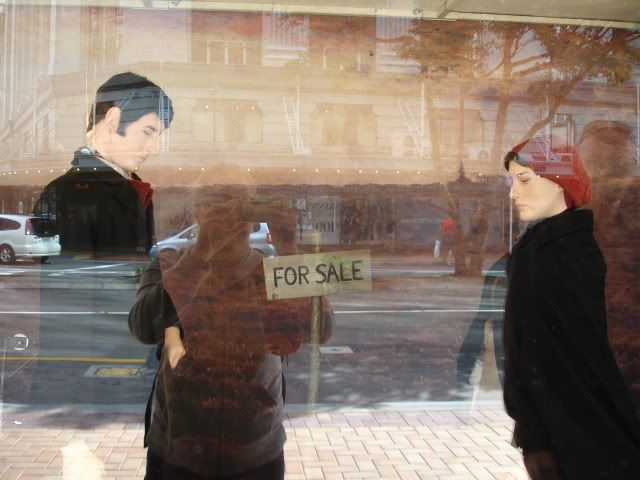
Eat Your Soup I You Want To Grow Up Big And Strong
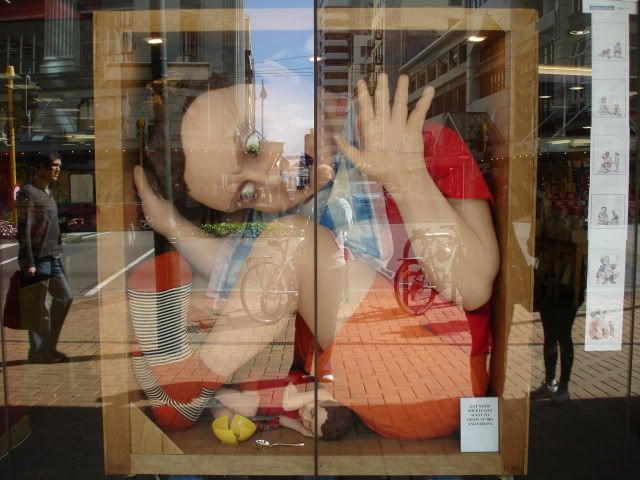
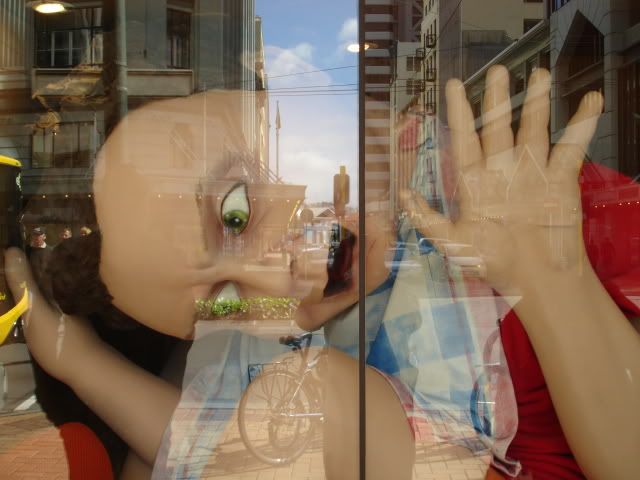
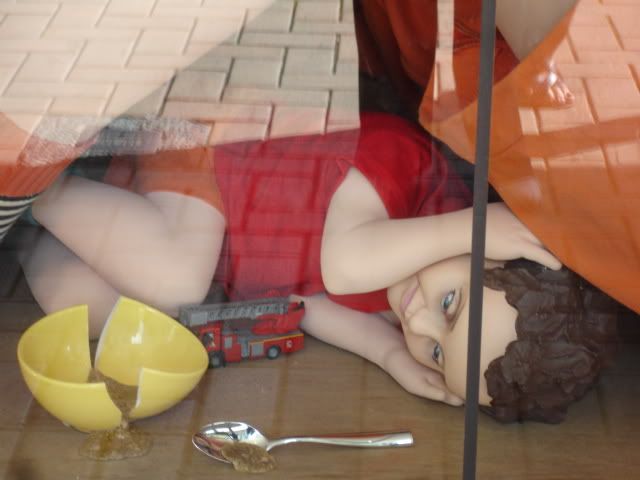
The Nightmare of the Puddle
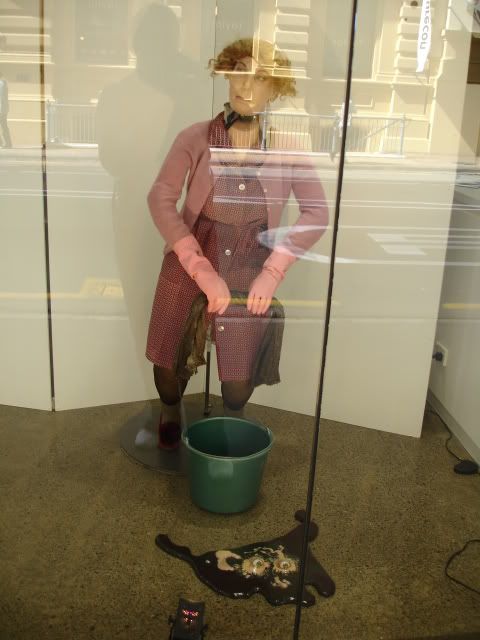
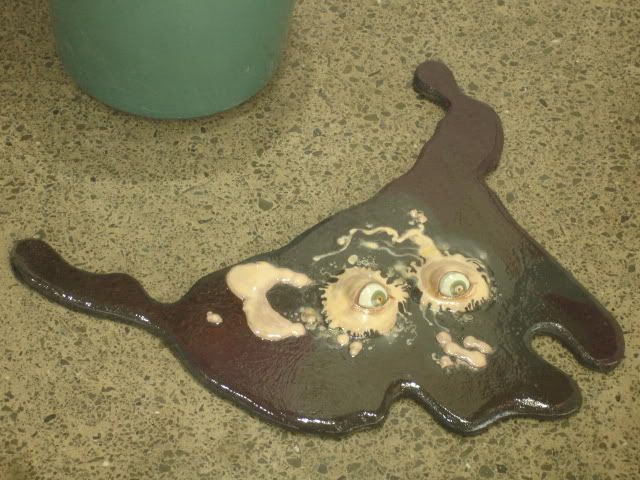
The Mystery has moved next door to the Nightmare, and an arrest is being made.
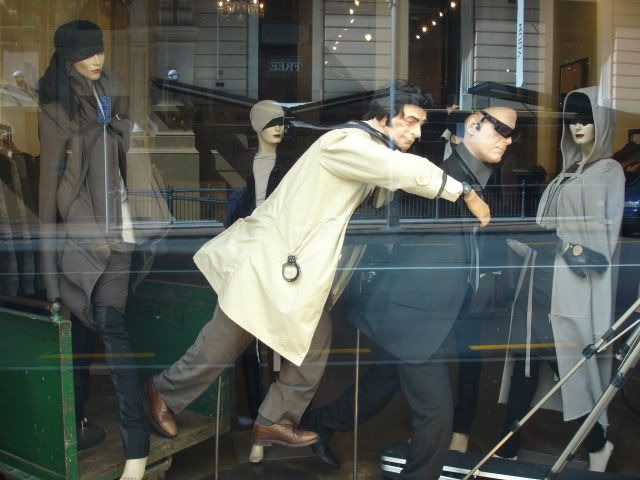
The Hunter
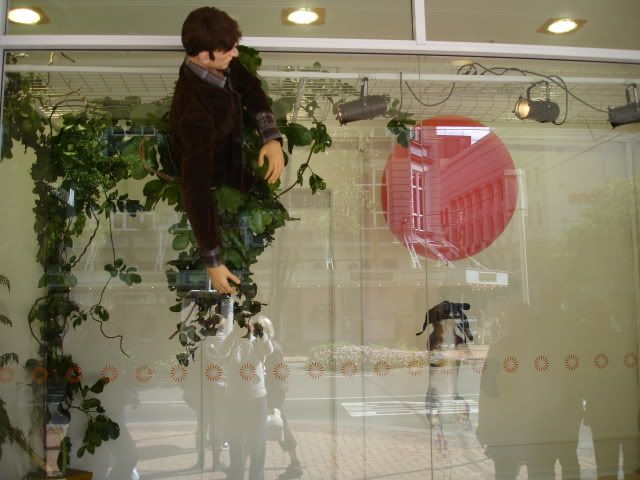
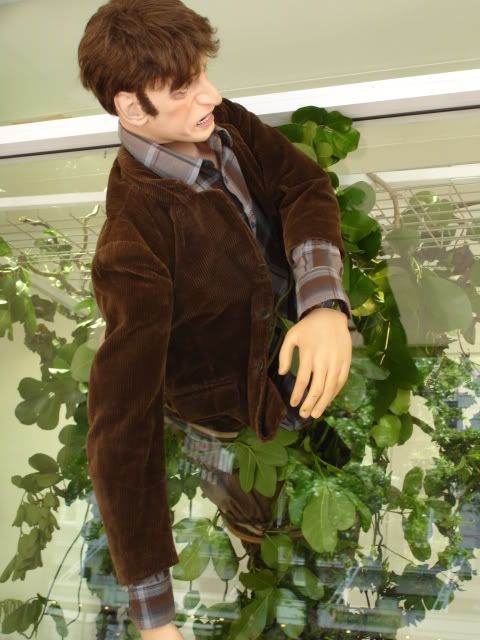
Positive Test
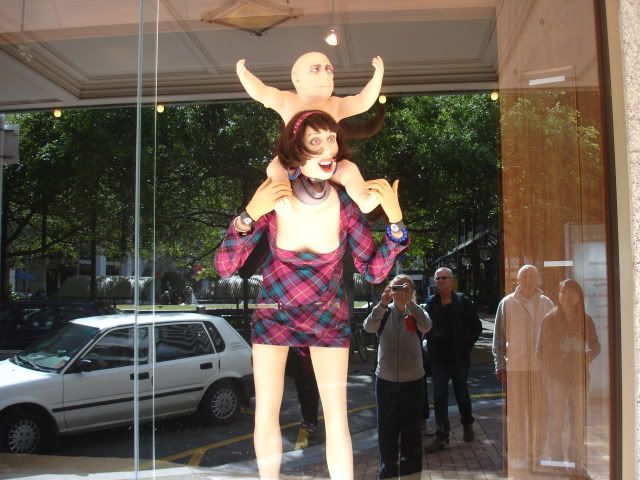
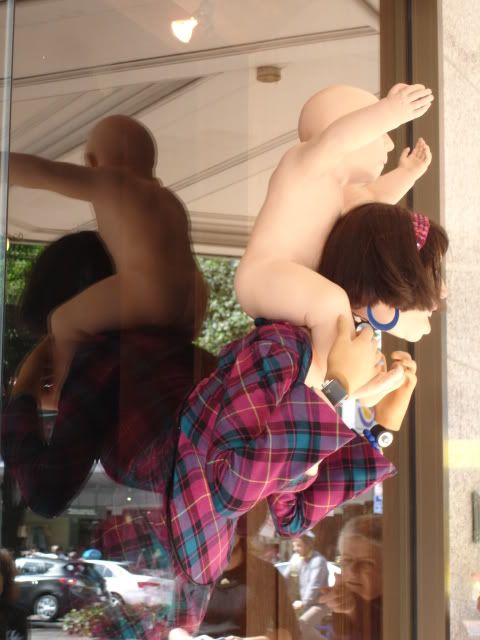
The Kitchen
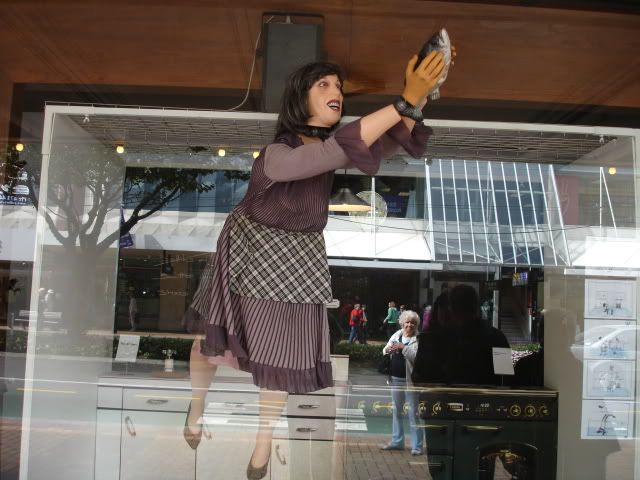
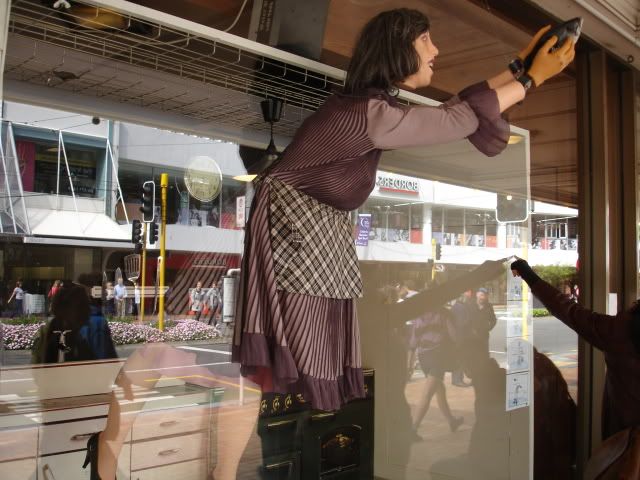
The Lovers


For the story so far, see Day 1, Day 2, Day 3, Days 4 and 5 and Day 7 (unfortunately, I missed Day 6).
Only one more to go and things are getting very interesting with the mannequins refusing to be restrained by their shop windows!
Closing-Down Sale


Evil Tale For Other People's Children



The Comic Fire Brigade



The Angelus, By Millet

Eat Your Soup I You Want To Grow Up Big And Strong



The Nightmare of the Puddle


The Mystery has moved next door to the Nightmare, and an arrest is being made.

The Hunter


Positive Test


The Kitchen


The Lovers


NZ International Arts Festival 2010 - Revolt of the Mannequins (Day 7)
Days 7 of the Revolt of the Mannequins, by Royal de Luxe, part of the 2010 NZ international Festival of the Arts
Unfortunately, I missed Day 6, but you can still see Day 1, Day 2, Day 3 and Days 4 and 5.
Closing-Down Sale
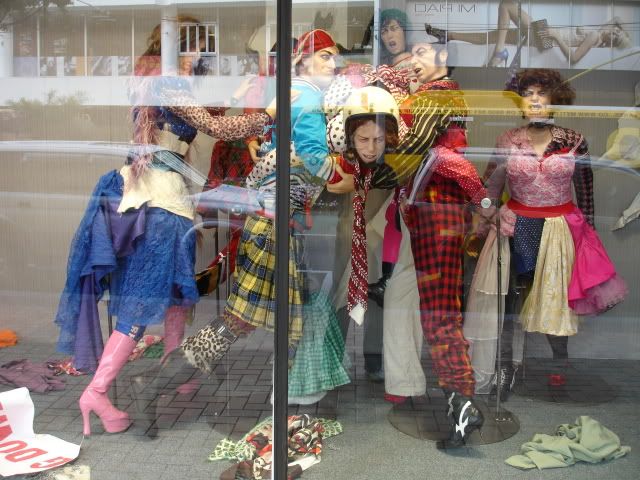
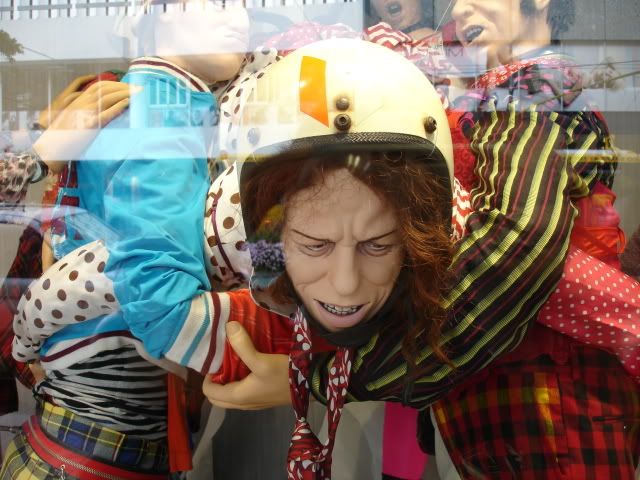
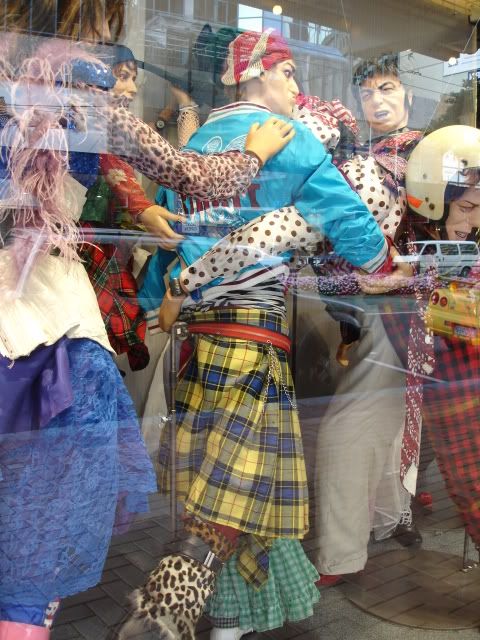
Evil Tale for Other People's Children
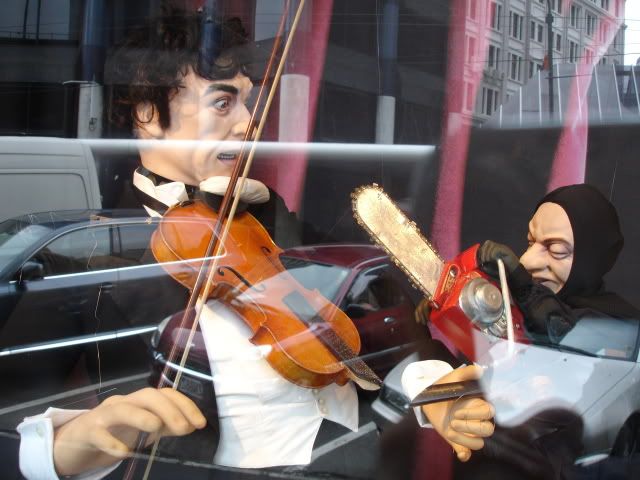
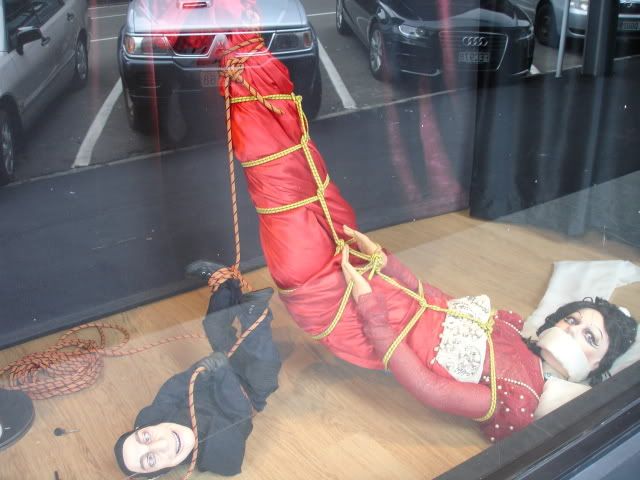
The Comic Fire Brigade
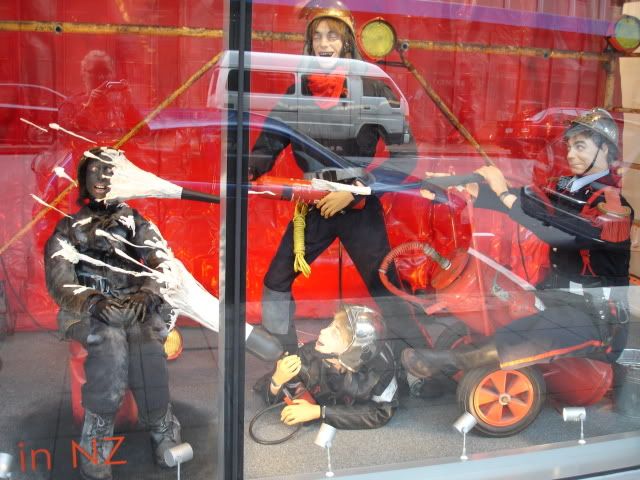

The Angelus, by Millet
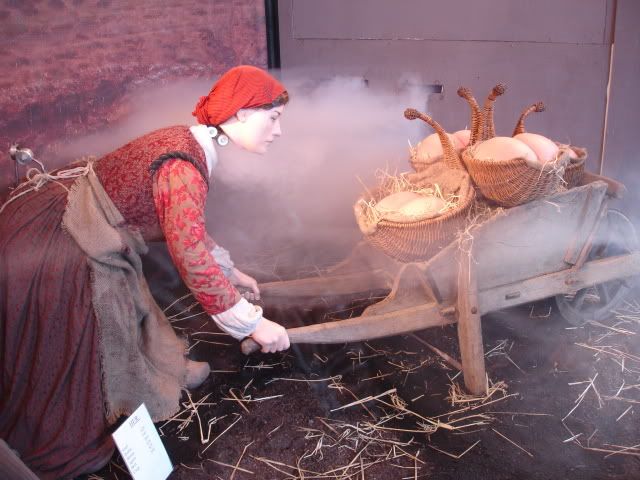
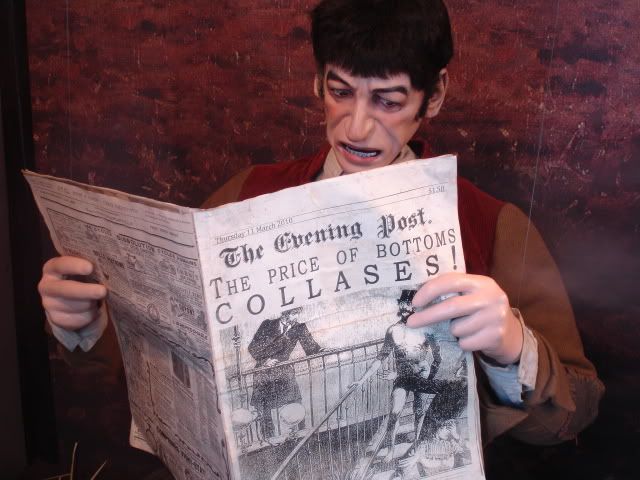
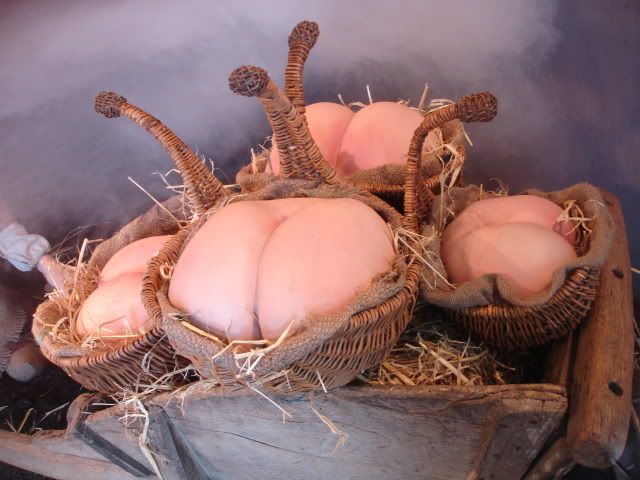
Eat Your Soup If You Want To Grow Up Big And Strong
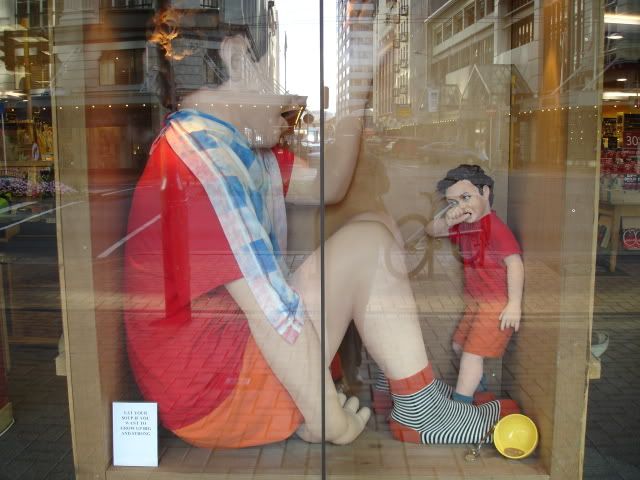
Nightmare of the Puddle
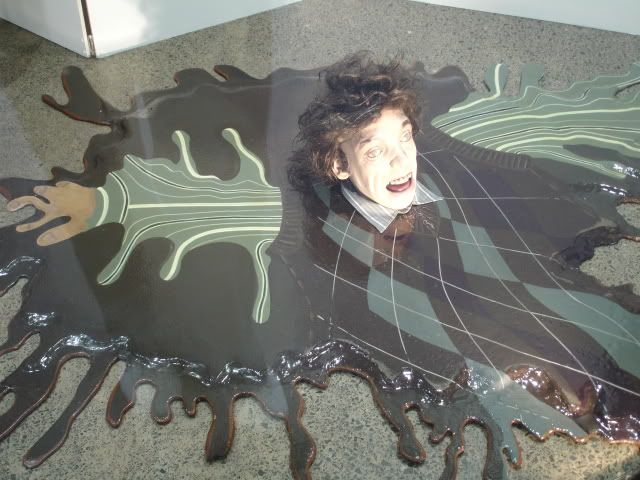
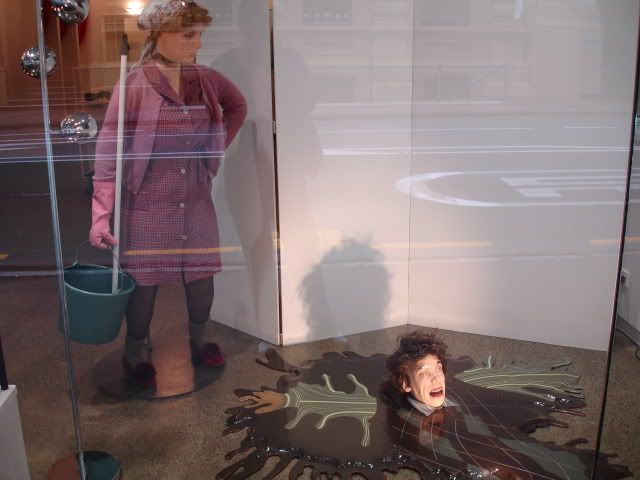
The Hunter
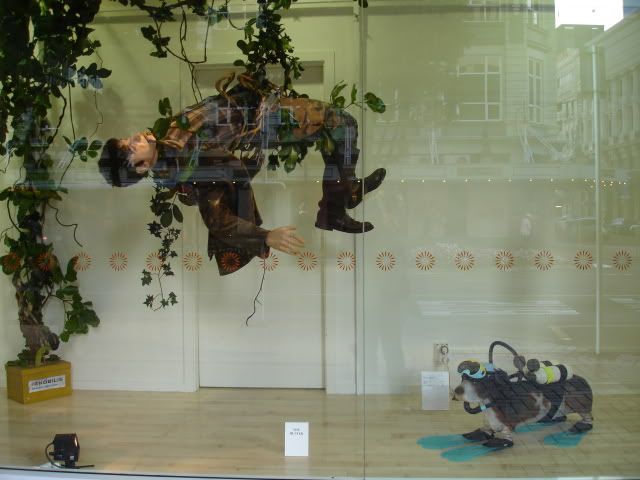
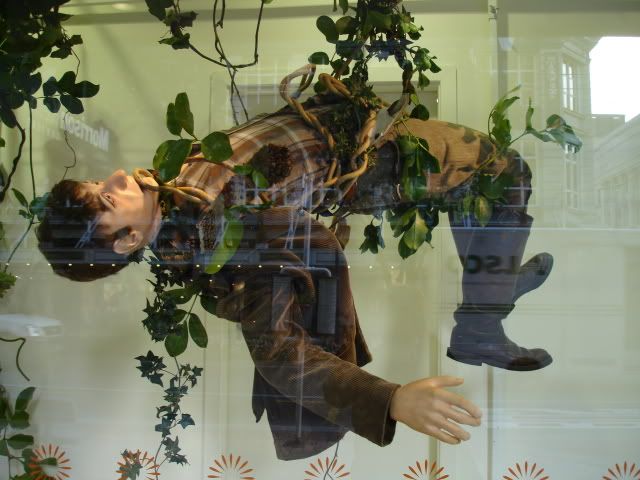
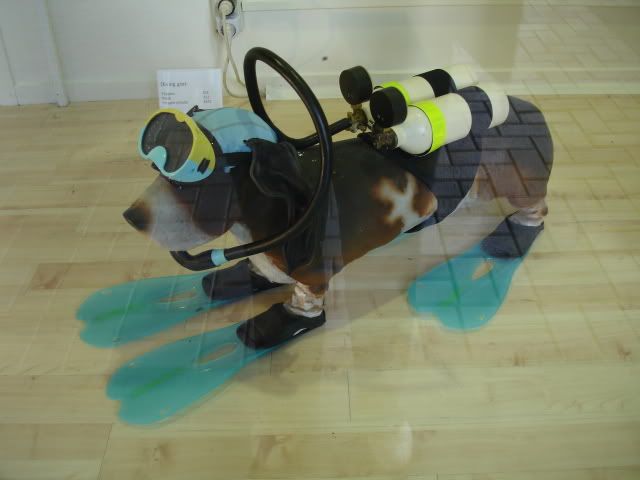
The Kitchen
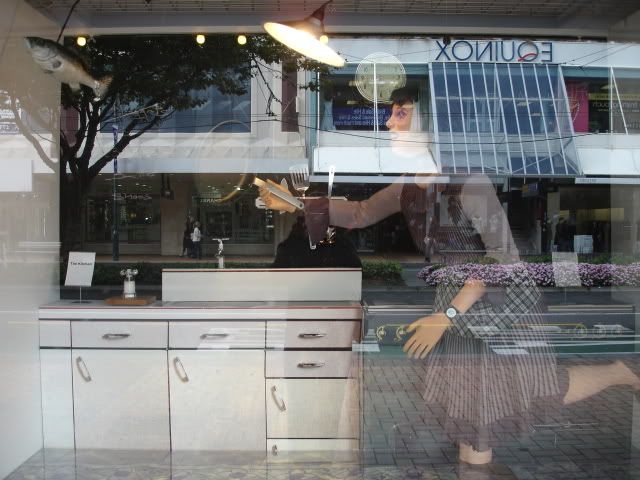
The Lovers
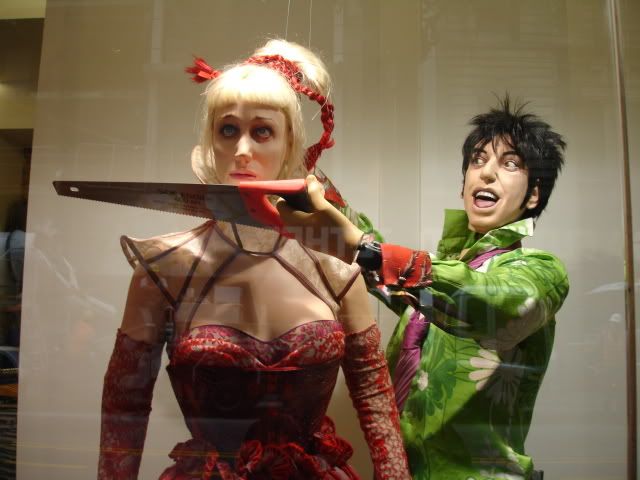
Photobucket censored and deleted the Postive Test photos, presumably due the fact that one of the characters - the new-born child - has a visible, if tiny, penis.
I am a little disturbed by the turn some of these performances are taking, especially The Comic Fire Brigade, Evil Tale for Other People's Children and now even The Lovers: a little too much violence of men on women. They are mannequins, of course, but still... Loving The Angelus, though!
Unfortunately, I missed Day 6, but you can still see Day 1, Day 2, Day 3 and Days 4 and 5.
Closing-Down Sale



Evil Tale for Other People's Children


The Comic Fire Brigade


The Angelus, by Millet



Eat Your Soup If You Want To Grow Up Big And Strong

Nightmare of the Puddle


The Hunter



The Kitchen

The Lovers

Photobucket censored and deleted the Postive Test photos, presumably due the fact that one of the characters - the new-born child - has a visible, if tiny, penis.
I am a little disturbed by the turn some of these performances are taking, especially The Comic Fire Brigade, Evil Tale for Other People's Children and now even The Lovers: a little too much violence of men on women. They are mannequins, of course, but still... Loving The Angelus, though!
Subscribe to:
Posts (Atom)